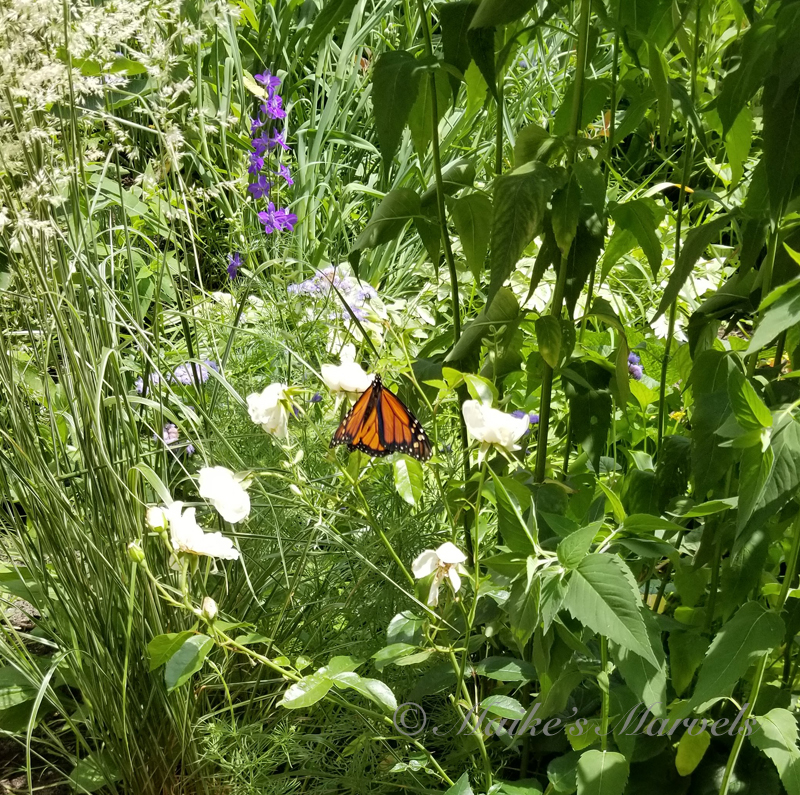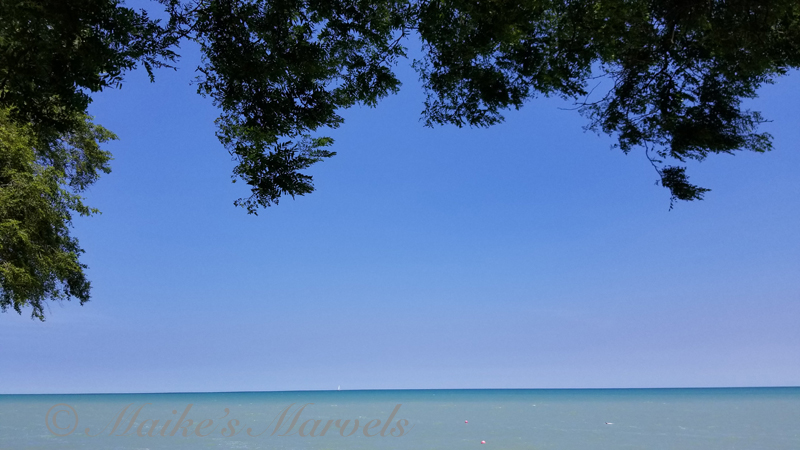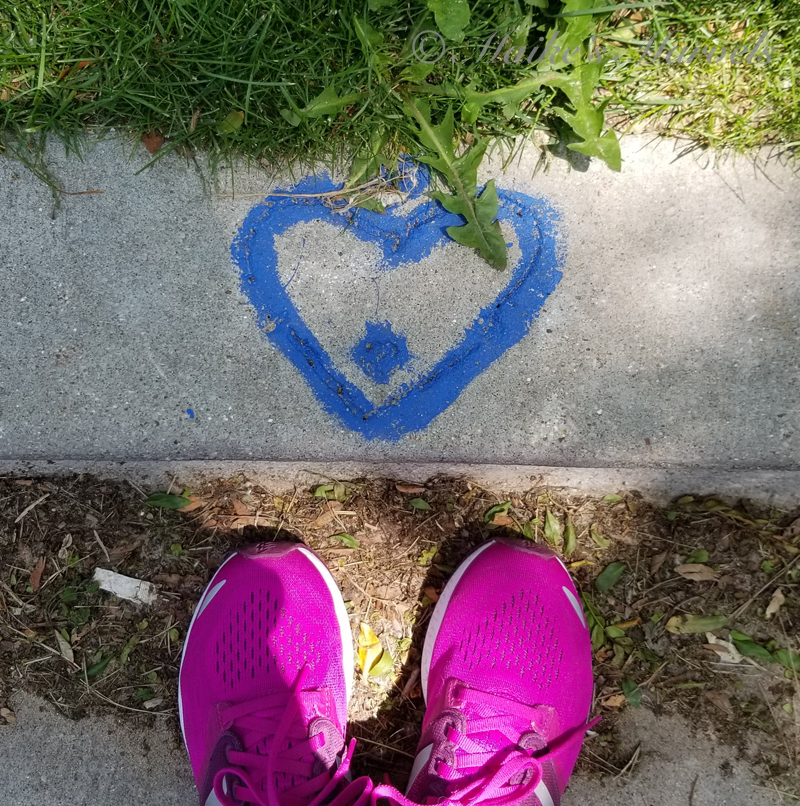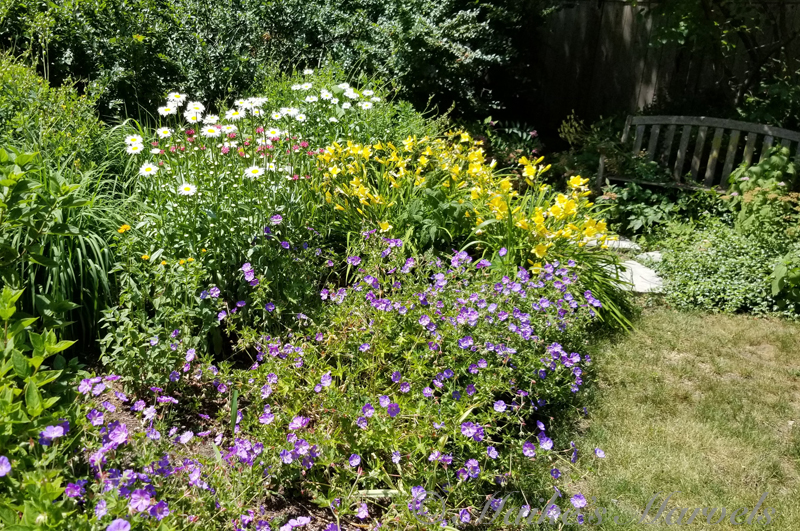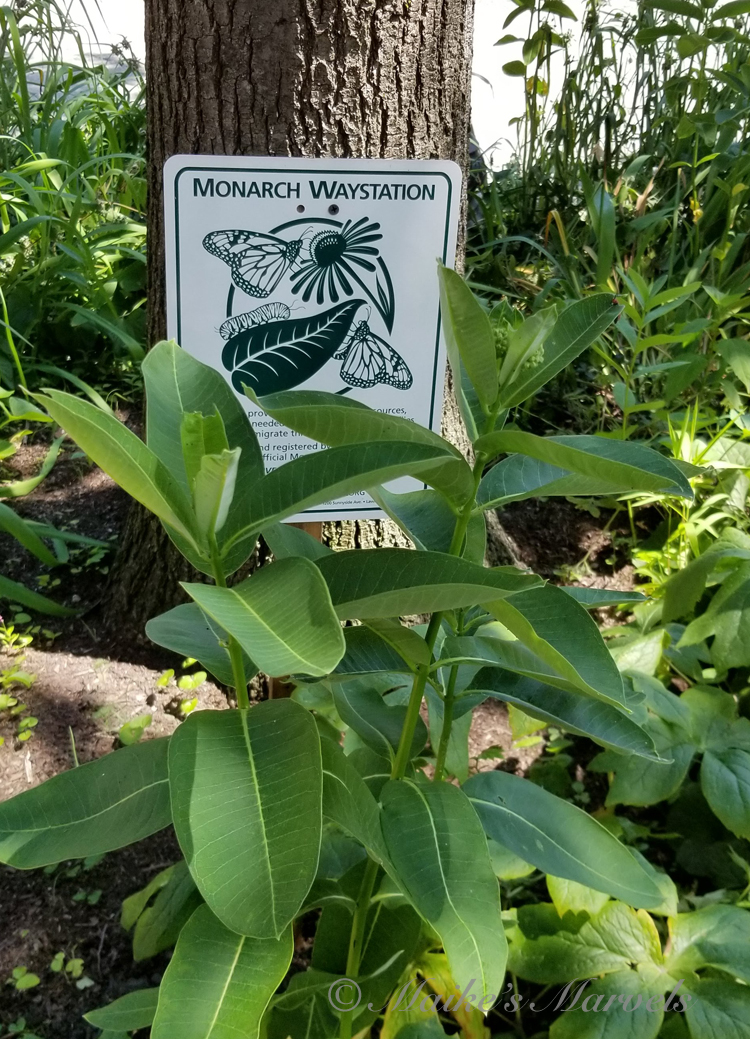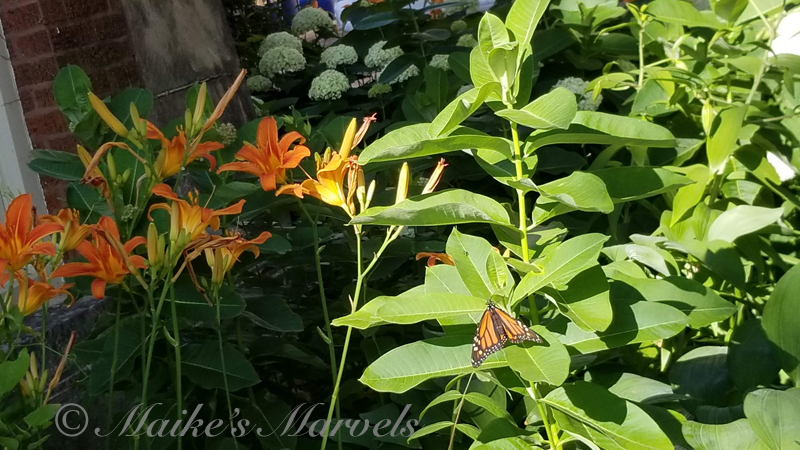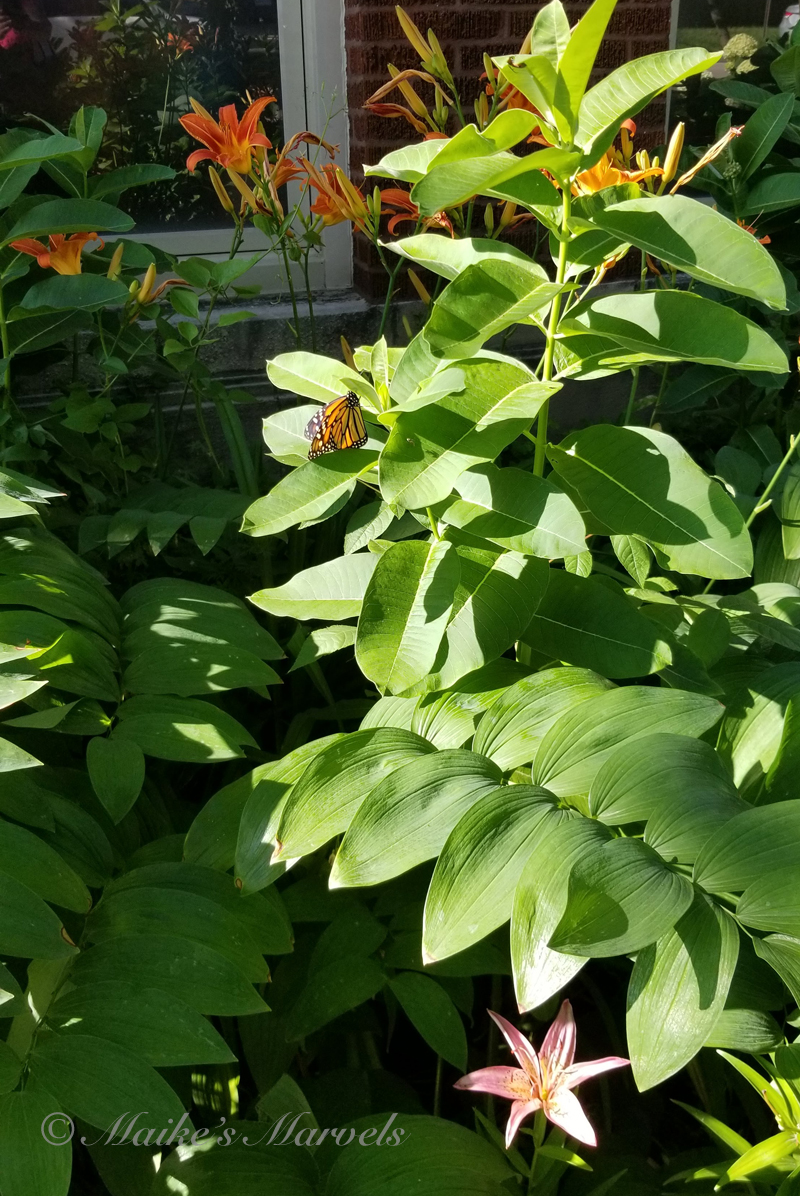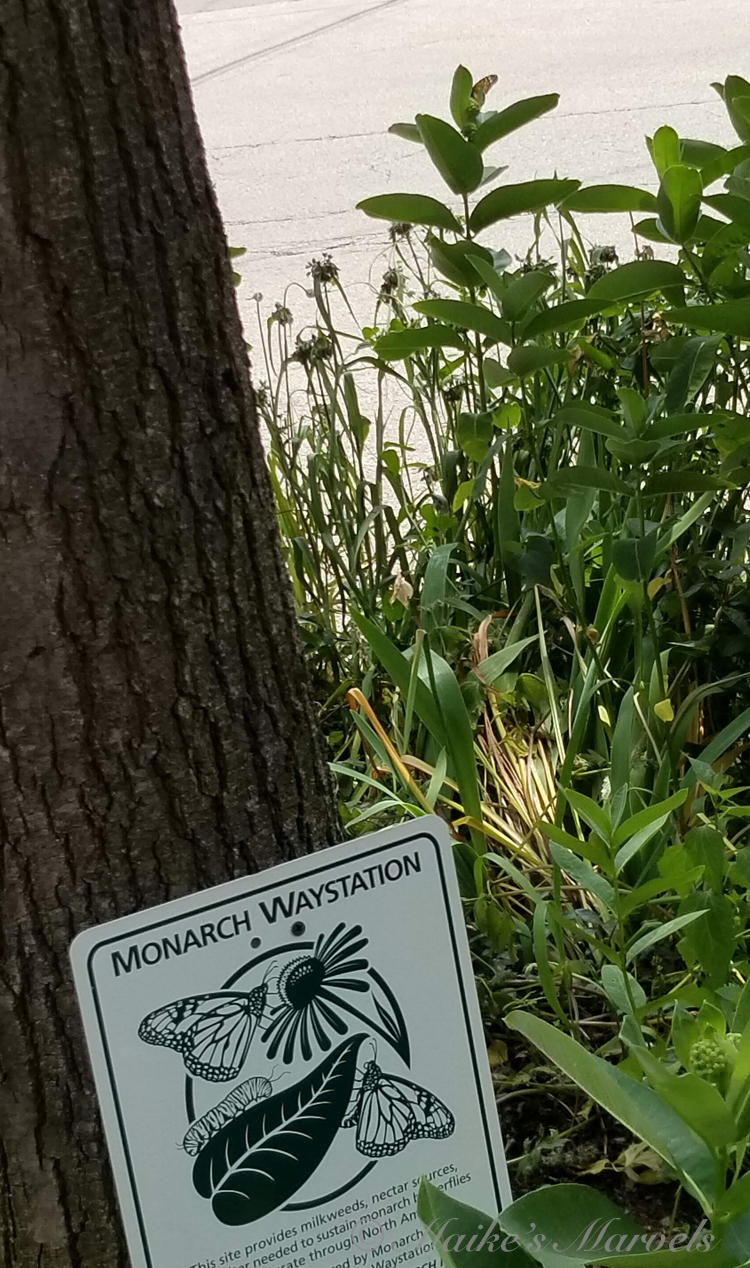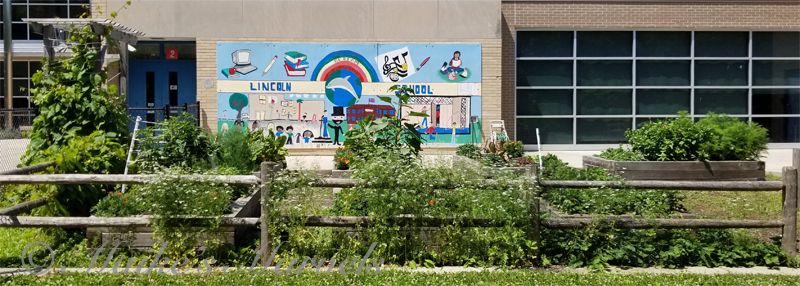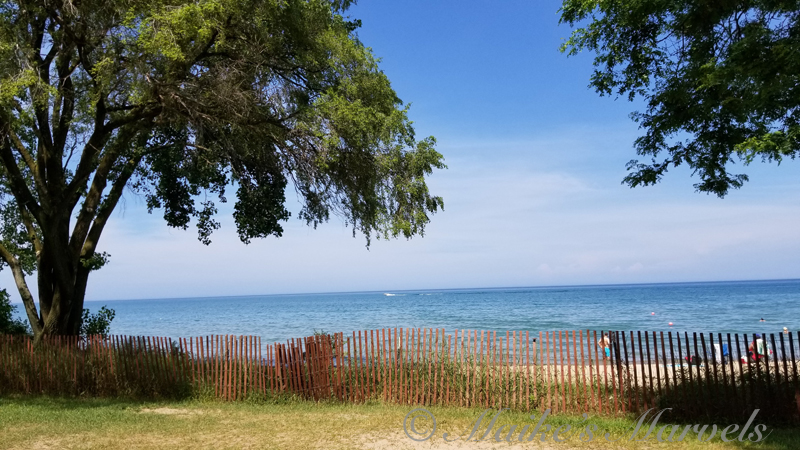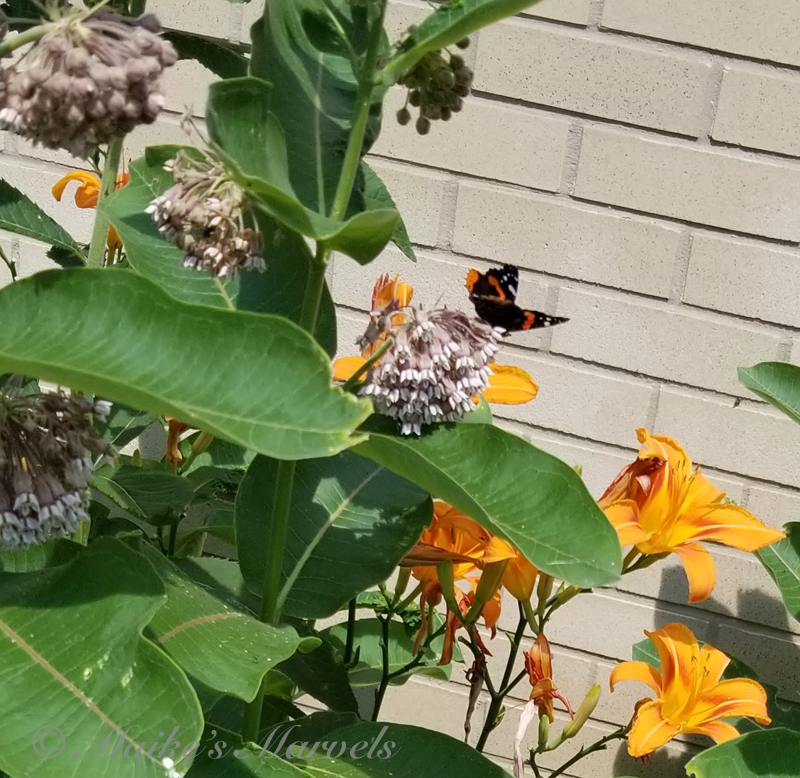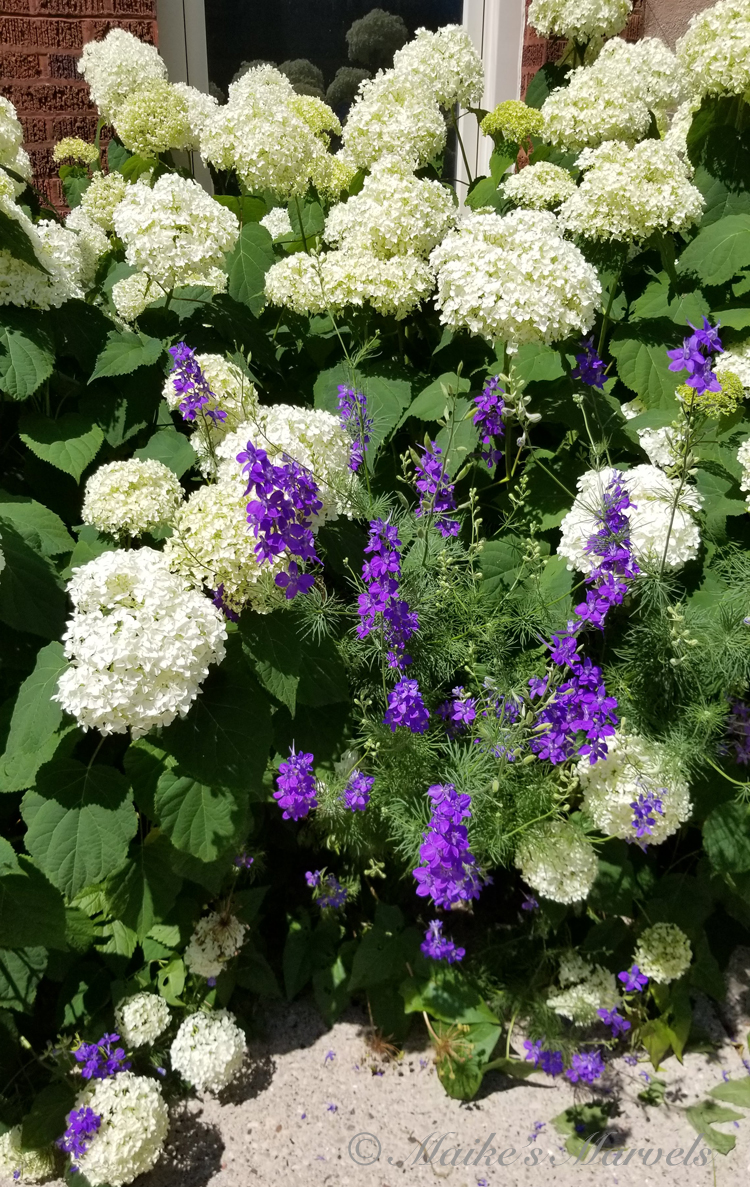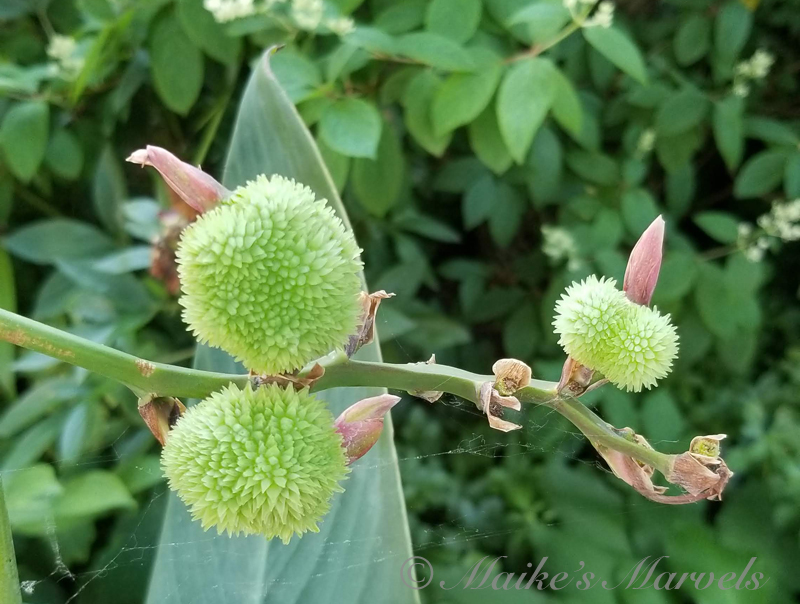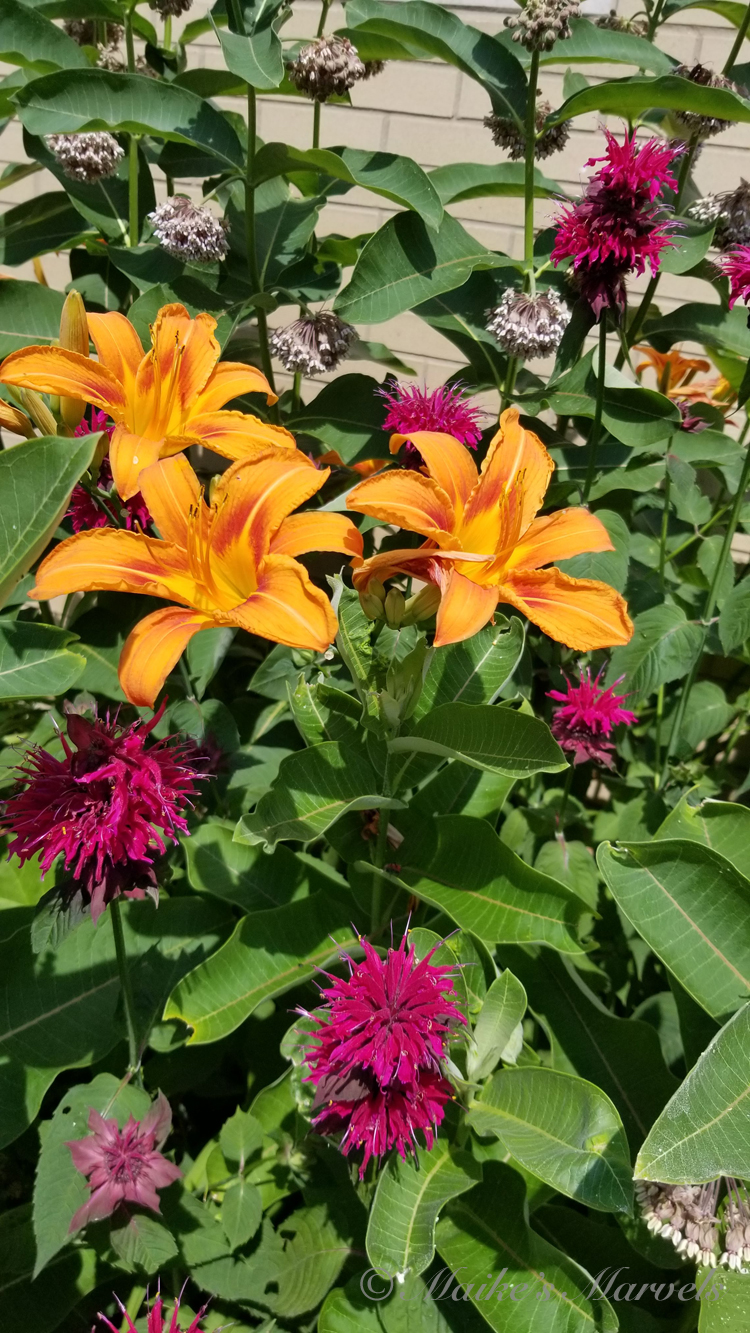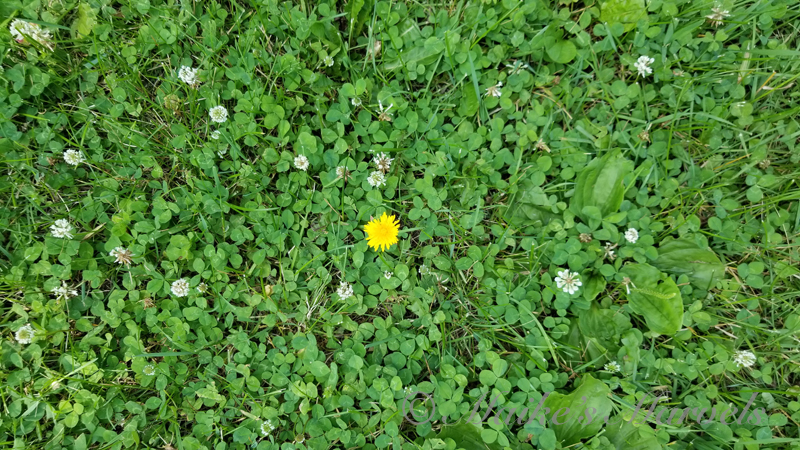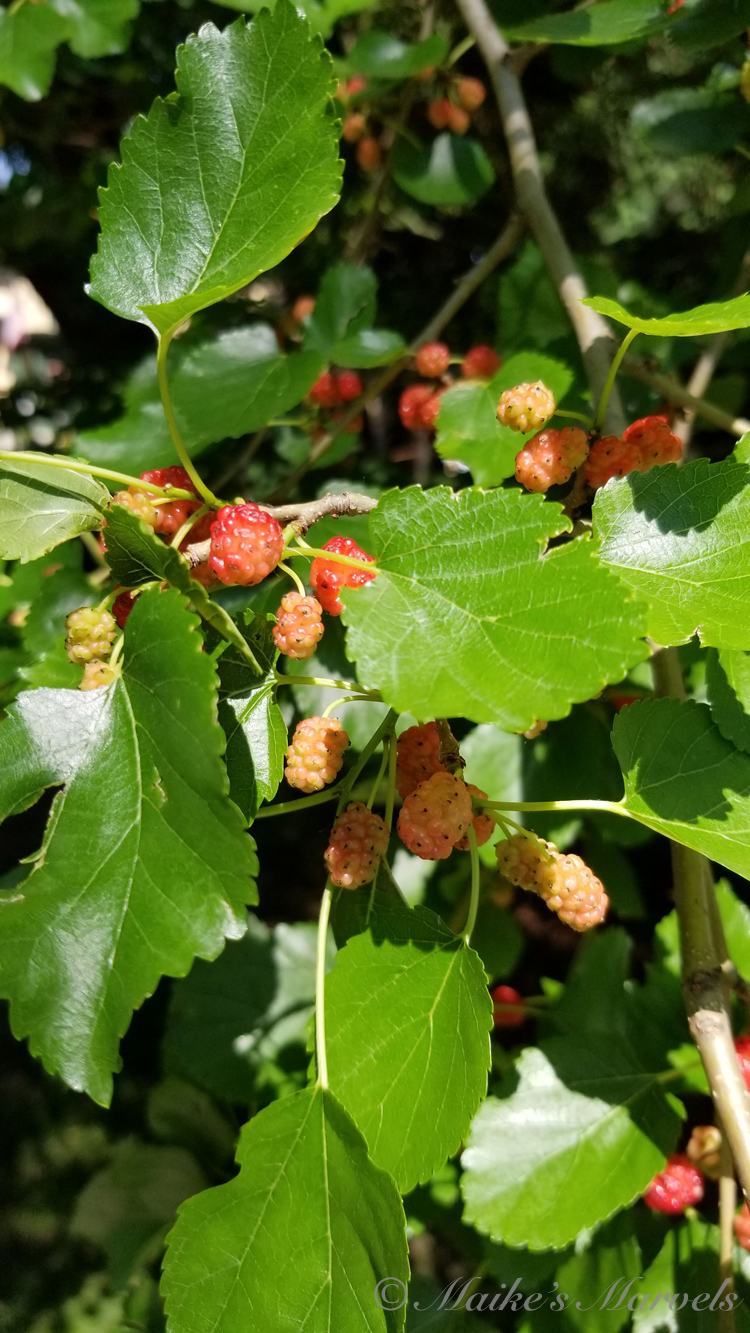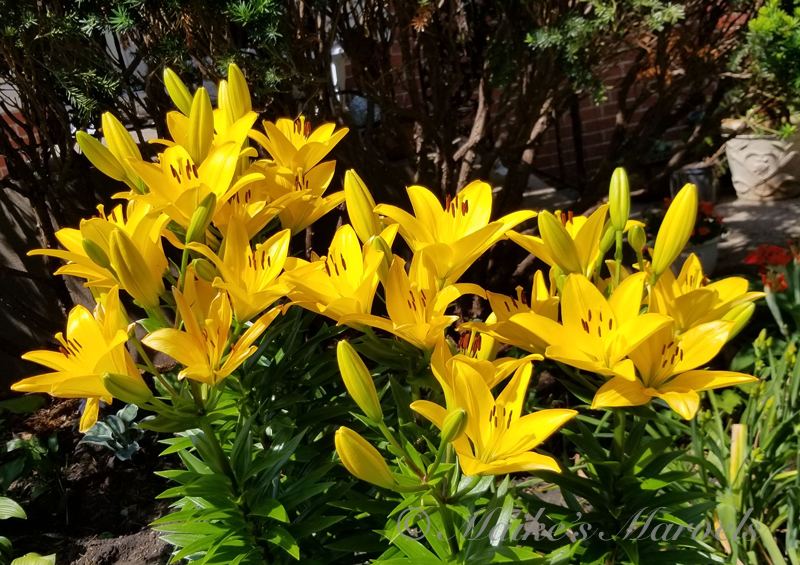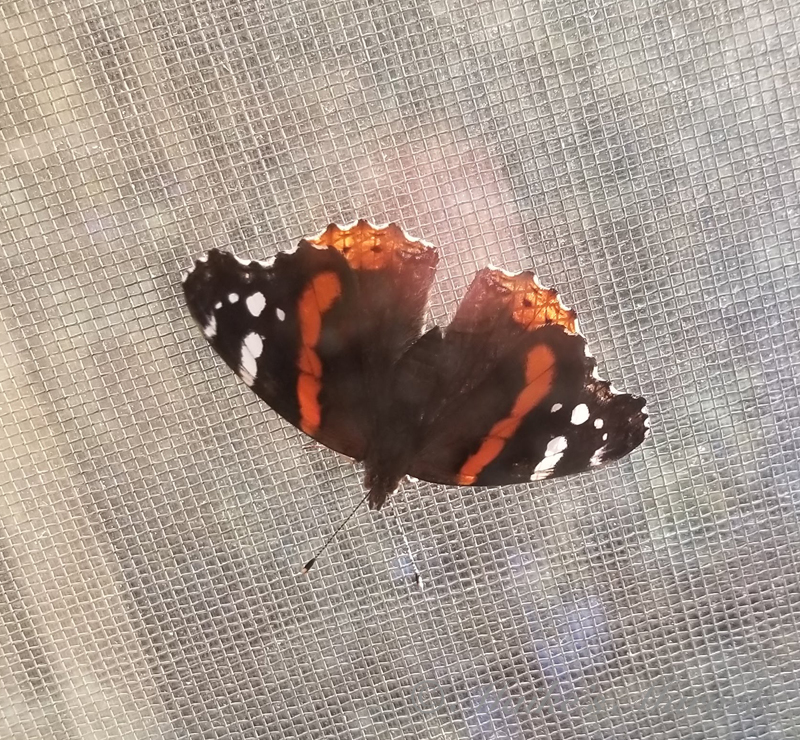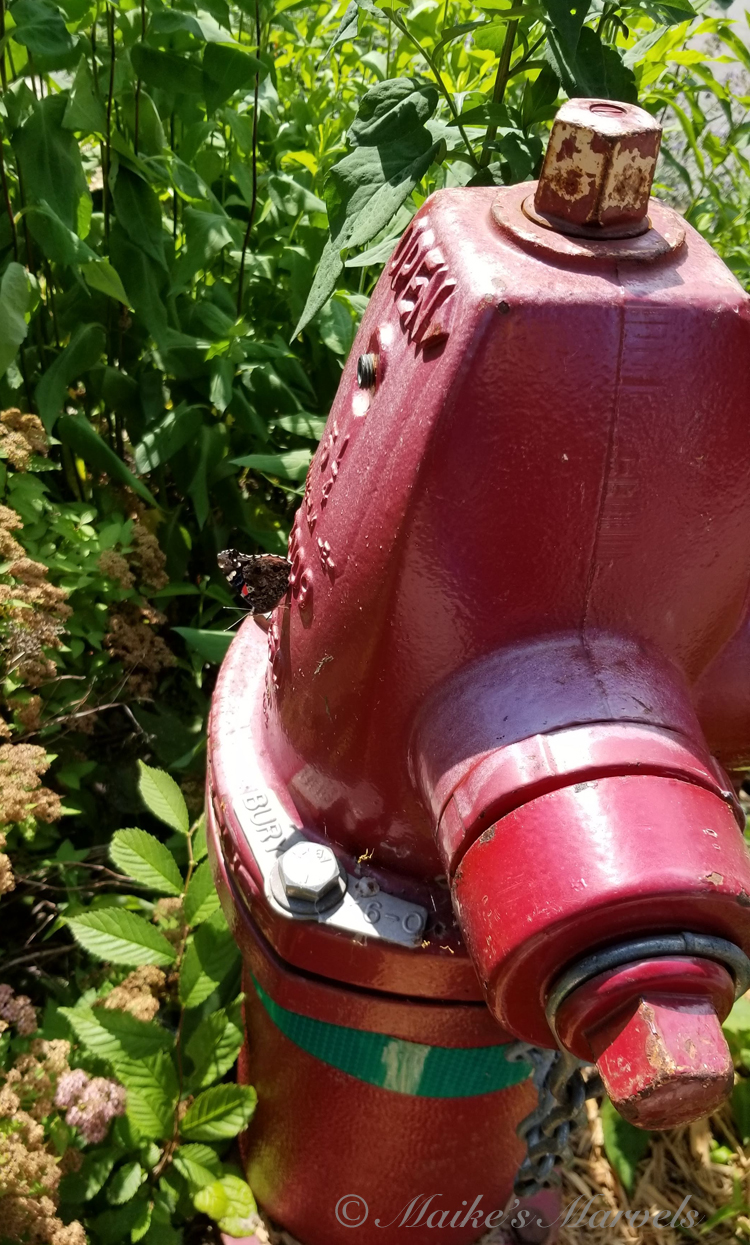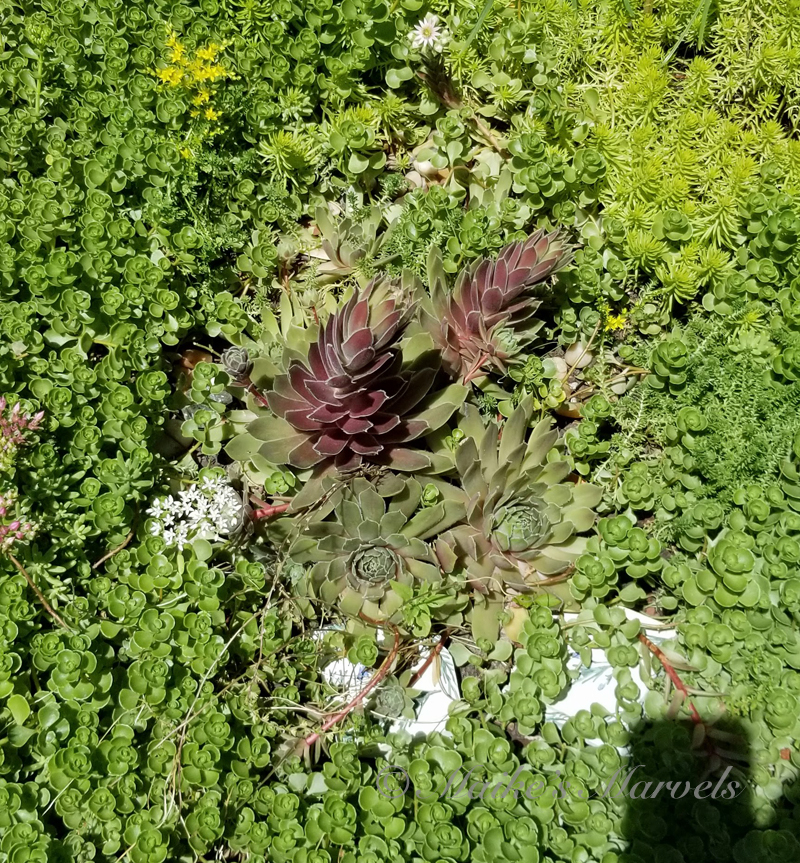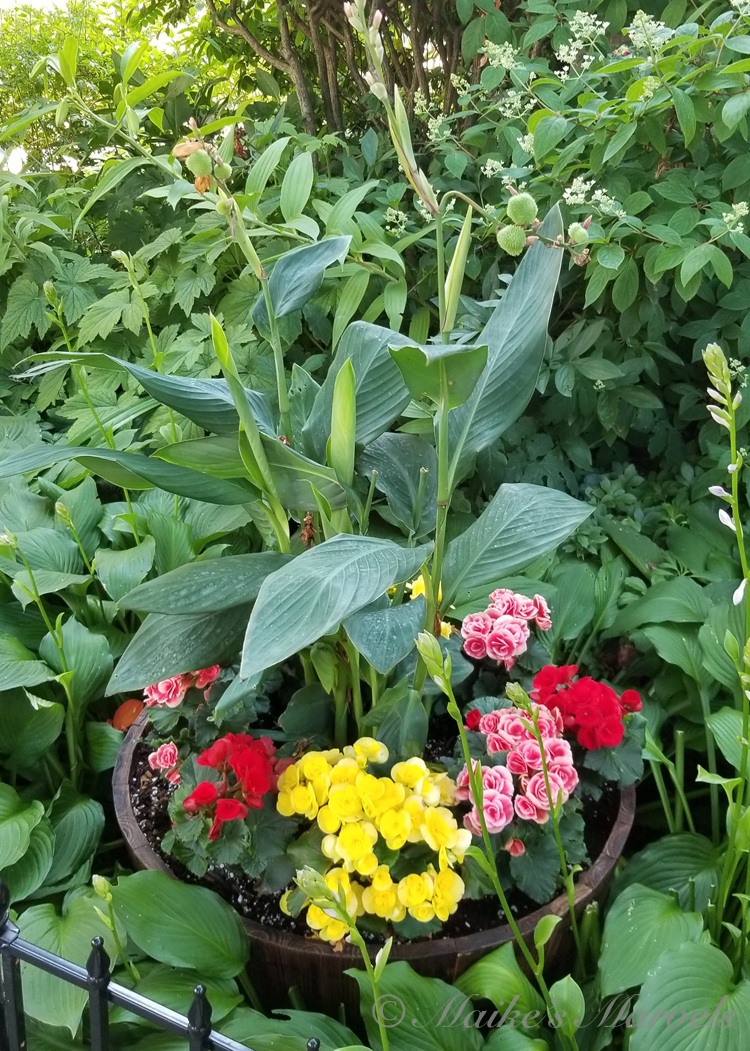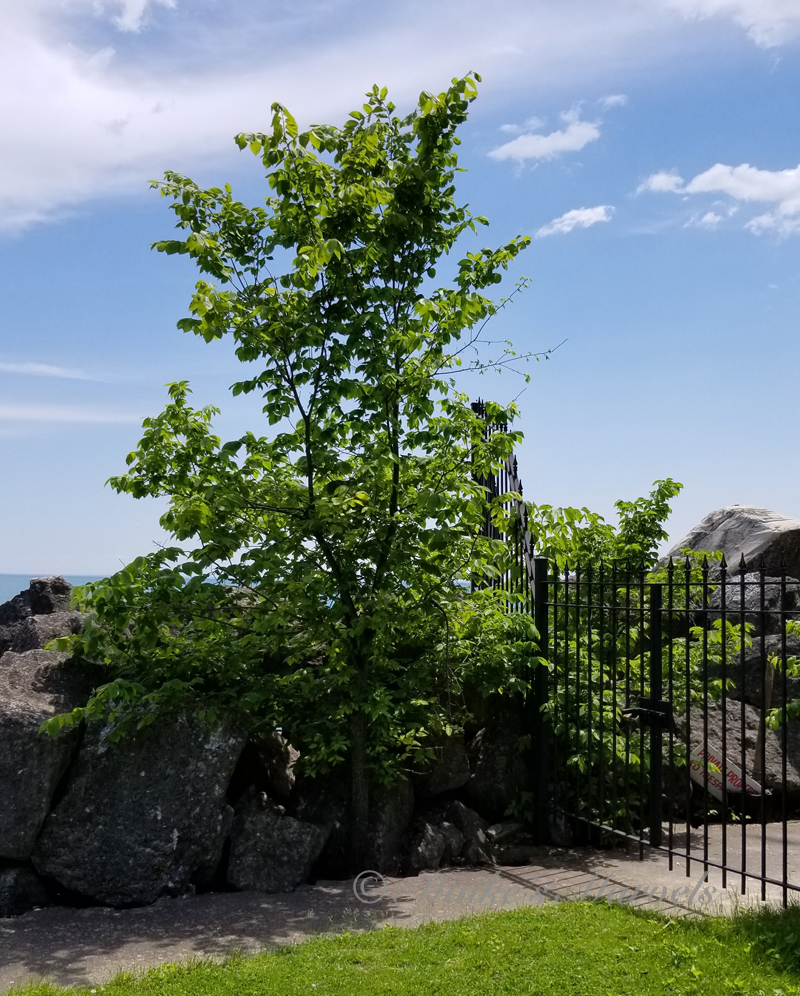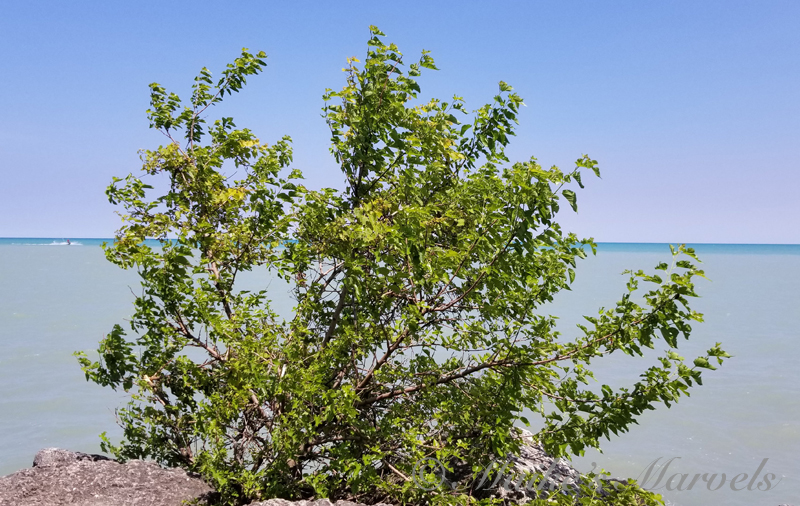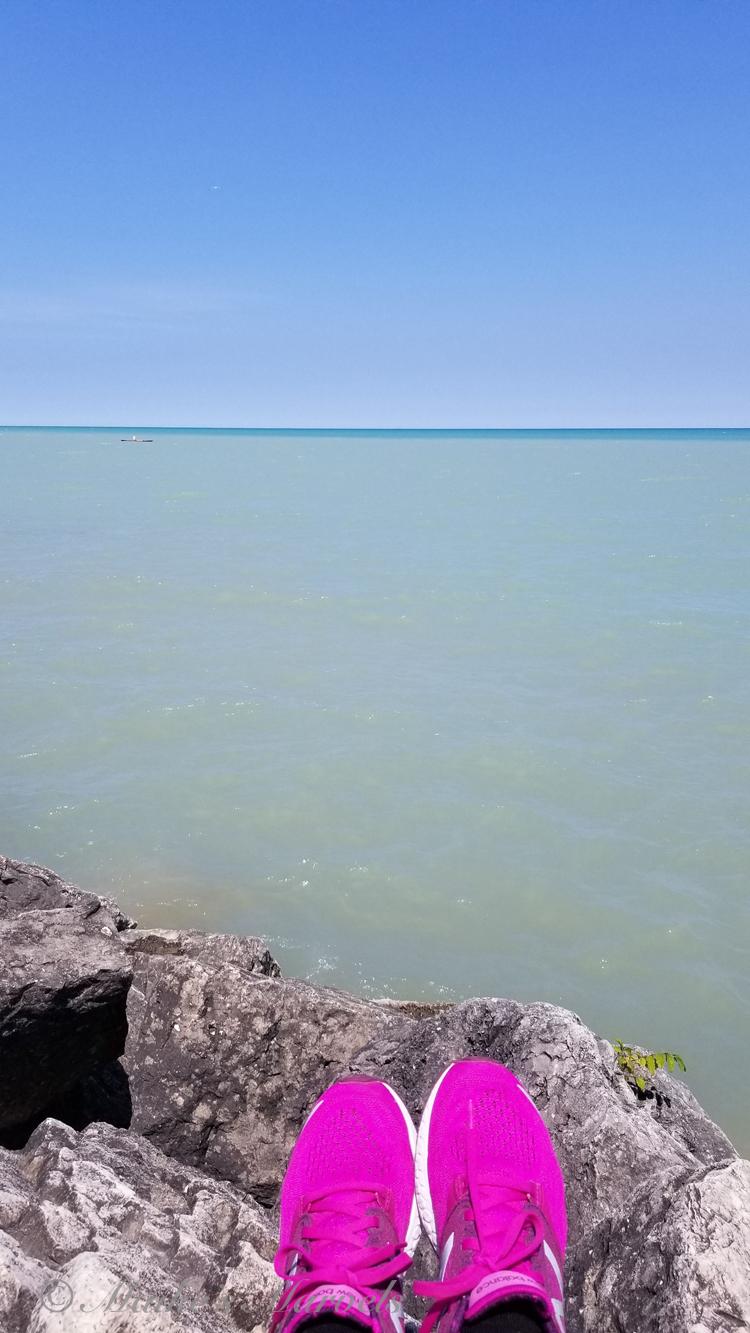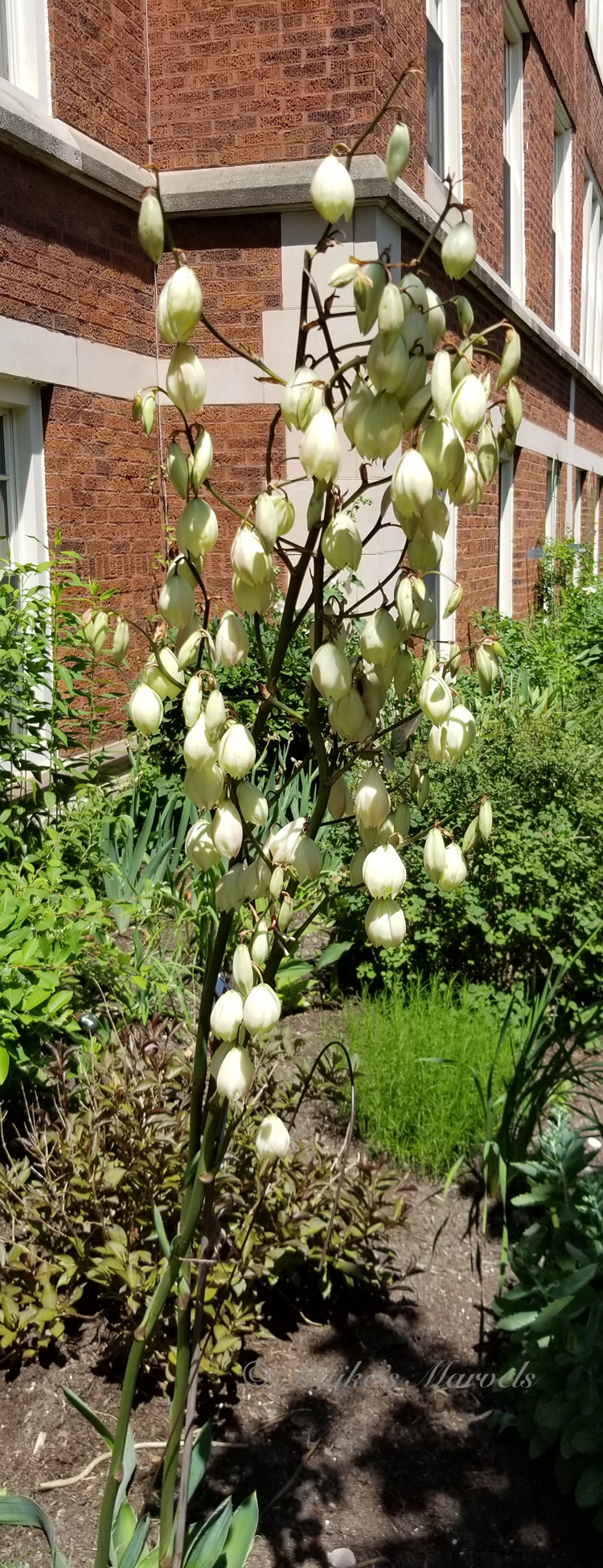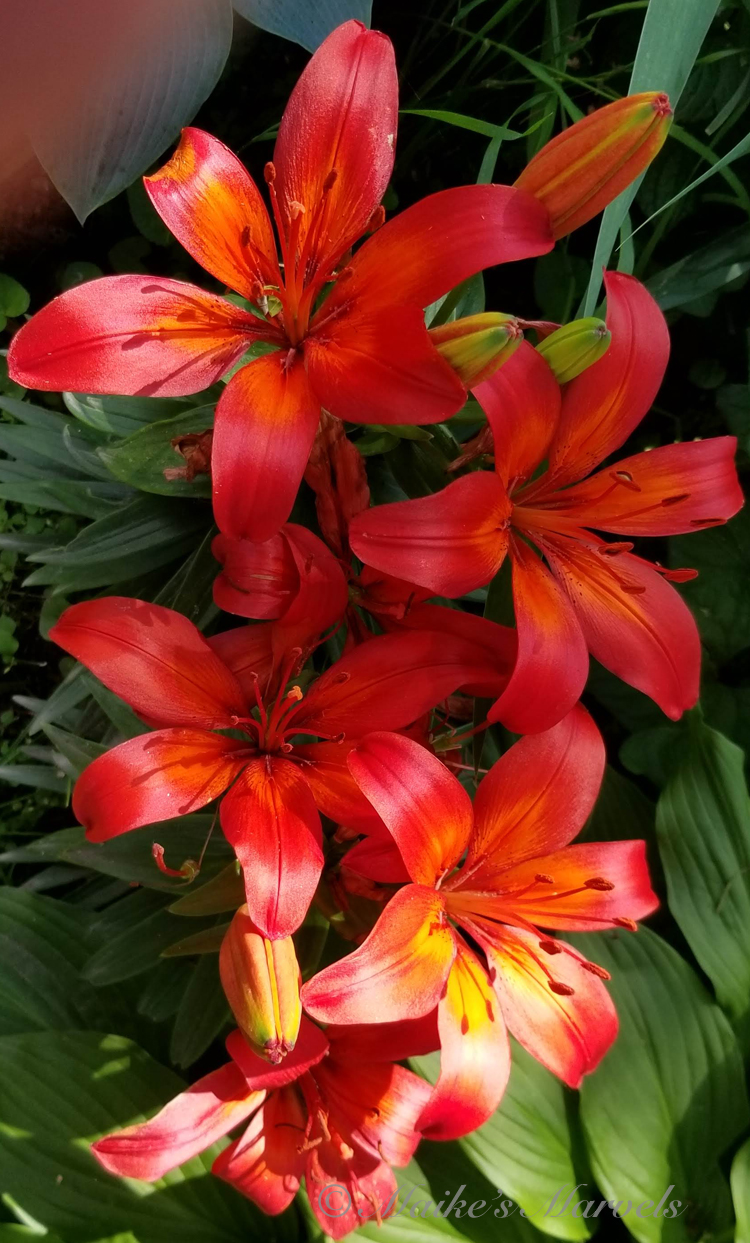Nature Photography
Habitats and waystations
The Independence Day blog post I am working on keeps enraging me, so it will have to wait, and instead I am going to share my recharge sources.
Lately the weather has been great for daily walks, so I walk my standard route to the lakefront and enjoy the flora along the way.
Evanston is the first Illinois city to achieve certification as a Community Wildlife Habitat by the National Wildlife Federation (NWF). I’ve seen this initiative in action over the past few years as more and more milkweed is planted in public parks and more and more private Monarch Waystations have cropped up.
The effort was spearheaded by Natural Habitat Evanston, a program of Citizens’ Greener Evanston, to achieve this goal set by the City’s Climate Action and Resilience Plan (CARP).
It is a pleasure to see the Monarch Butterflies flutter about.
I even caught one laying eggs the other day.
Clearly these waystations are attracting pollinators. Monarch Waystations are places that provide resources necessary for monarchs to produce successive generations and sustain their migration.
They need milkweeds throughout their spring and summer breeding areas in North America to produce the successive generations that culminate in the migration each fall. The nectar from flowers help these fall migratory monarch butterflies to make their long journey to overwintering grounds in Mexico.
Our local Elementary School is part of the Natural Habitat Evanston initiative too.
“Currently, about 130 Evanstonians are involved in Natural Habitat Evanston initiatives. Schools and places of worship have certified their gardens. Four community gardens owned by the City have been certified as habitats.”
“With leadership from the Public Works Department and the Office of Sustainability, the City has been a key participant in creating habitat for birds and pollinators and helping provide community outreach.”
The City’s press release states: “The NWF’s Community Wildlife Habitat program partners with cities, towns, counties, neighborhoods and communities to become healthier, greener and more wildlife-friendly. Community Wildlife Habitats garden and landscape with wildlife in mind, promote the use of native trees and plants, work to reduce or eliminate the use of pesticides and chemicals, and integrate wildlife-friendly practices into sustainability plans and park master plans.”
“Communities achieve certification by conducting community outreach and education and by certifying individual private and public properties as wildlife habitats. Evanston properties certified as wildlife habitats can be found on Citizens’ Greener Evanston’s EcoHub map. (View photos of Evanston certified wildlife habitats.)”
“Evanston is the first Illinois city and the second community in the state to be certified as a Community Wildlife Habitat. The Galena Territory residential/resort community has also achieved certification. Other cities in Illinois, including Chicago and Wilmette, are currently working towards certification.”
To learn more about the NWF’s certification program, visit nwf.org/CommunityWildlifeHabitat.
I learned that because of these efforts, it is safe to eat berries from some of the trees.
I love all the Lilliums cropping up too.
Recently I had an evening visitor perch on my screen.
Admiral Butterflies are abundant too right now.
I love admiring the gardens that others work so hard to maintain.
So you can see how the colorful plantings, the flutter of butterflies and the lapping waves of Lake Michigan lift my spirits.
Meanwhile the Ice Queen didn’t get the best of the little tree I was worried about.
And the crown is also thriving.
Our beaches may be eroding and water levels rising, but nature is still full of beauty and comfort.
Super curious what this tree evolves into.
Keep on blooming!

